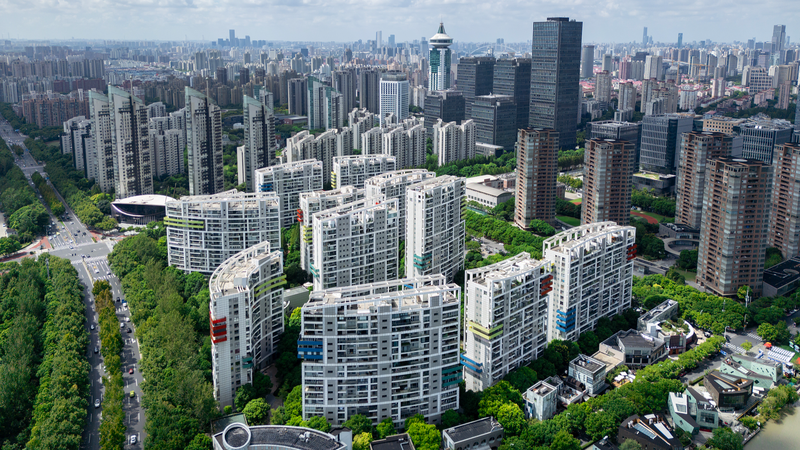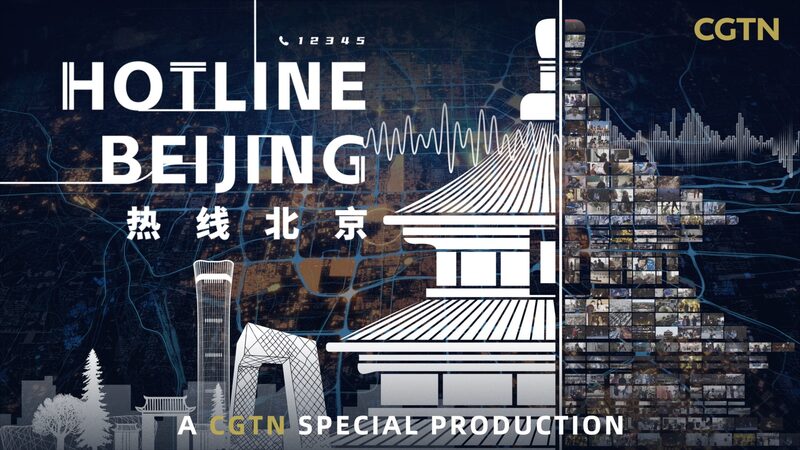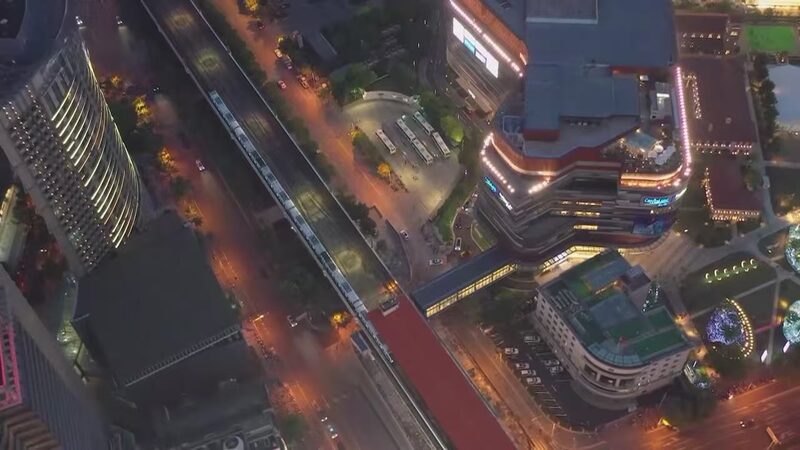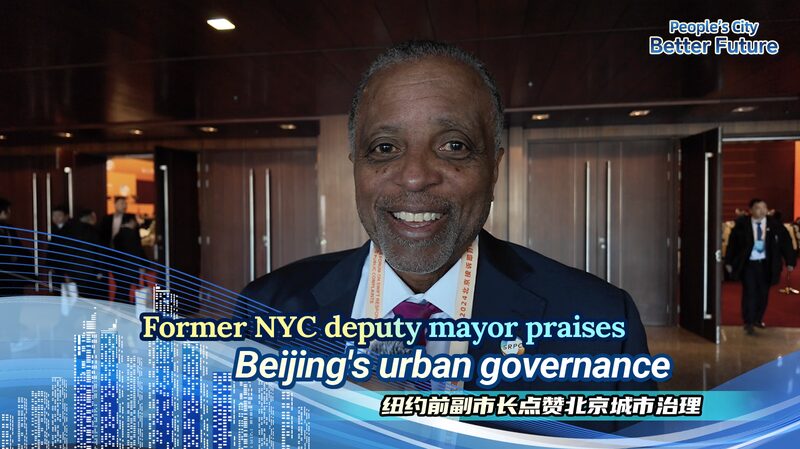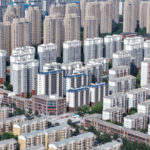China's megacities are pioneering a transformative approach to urban renewal, shifting from rapid expansion to meticulous, community-focused upgrades. Dubbed "needlework-style" renewal, this strategy prioritizes preserving neighborhood character while enhancing livability through small-scale, targeted improvements.
From Demolition to Precision
Beijing and Shanghai exemplify this shift. Instead of sweeping redevelopment, cities now implement "micro-renewal" projects: repairing aging infrastructure, adding accessibility features, and integrating green spaces. These incremental changes address residents' daily needs without erasing historical identity.
Resident-Driven Solutions
Urban governance now centers on citizen feedback. Platforms like Beijing's "Instant Response" system convert complaints about dim lighting or uneven sidewalks into actionable work orders. Shanghai’s revitalized lilong neighborhoods balance commercial activity with community needs, ensuring streets remain walkable and socially vibrant.
Rule-Based Innovation
Standardized guidelines ensure quality and consistency. Urban renewal ordinances and design catalogs prevent superficial makeovers, focusing instead on lasting improvements like upgraded drainage systems and fire safety measures. This framework supports sustainable development while maintaining cultural heritage.
As cities like Beijing restore hutong courtyards with modern amenities and Shanghai transforms historic lanes into mixed-use hubs, China’s urban renewal model offers lessons in balancing progress with preservation—a blueprint for cities worldwide navigating similar challenges.
Reference(s):
cgtn.com
